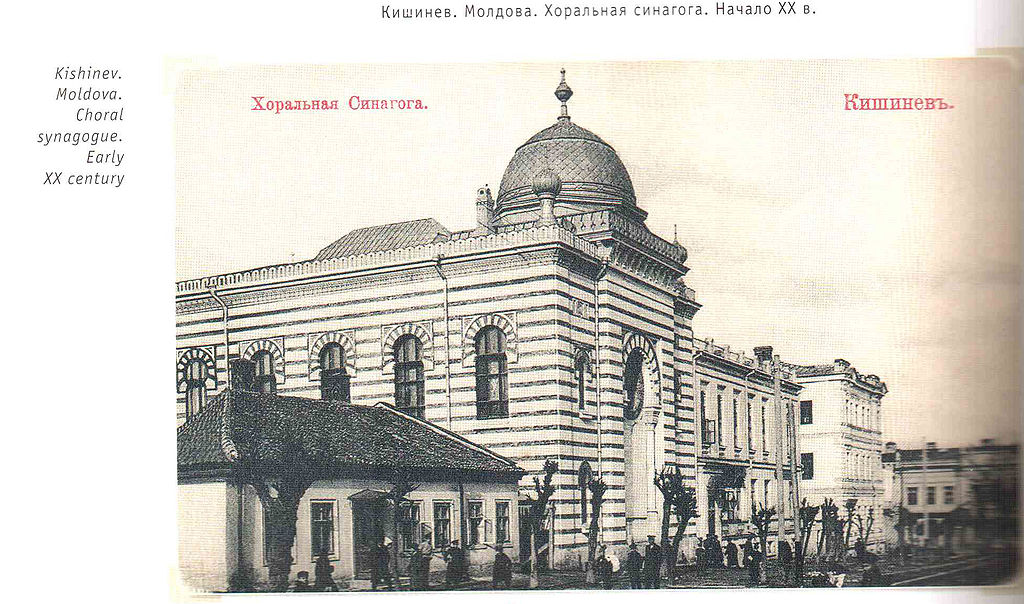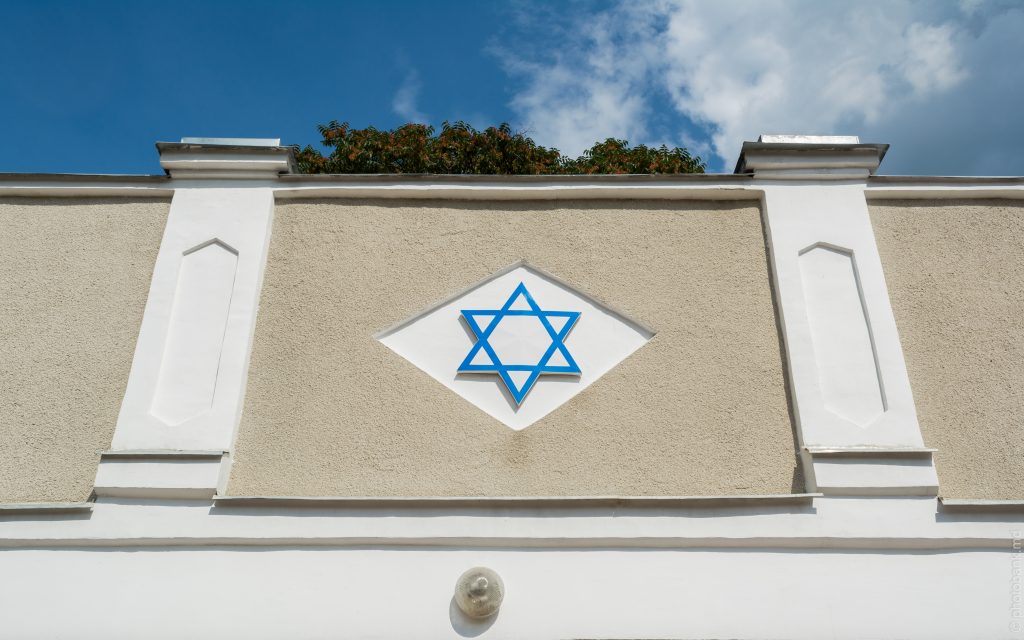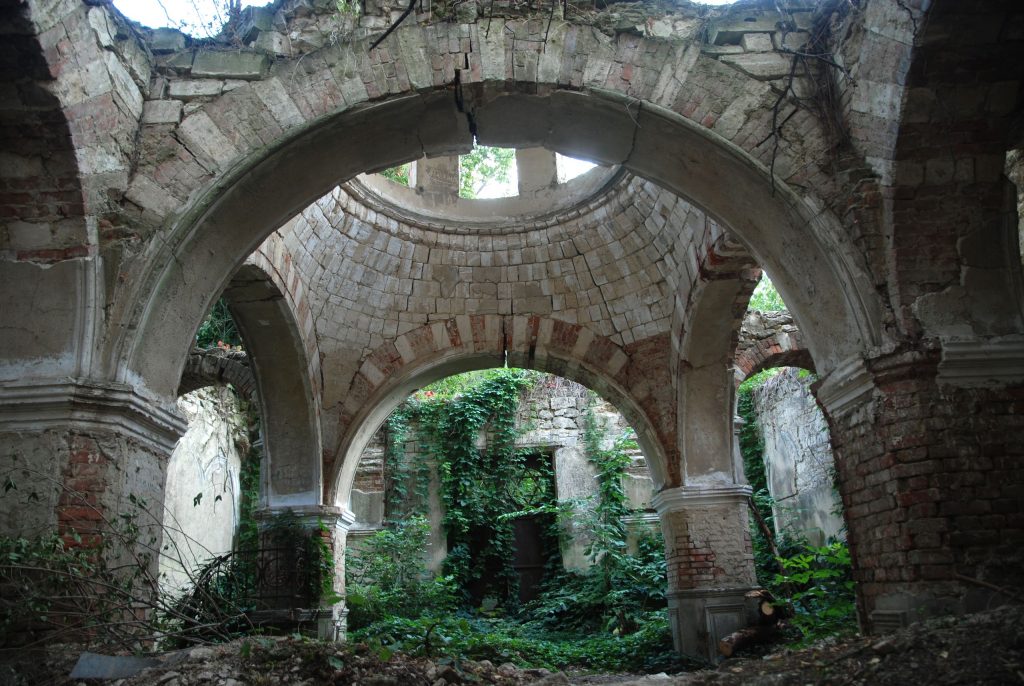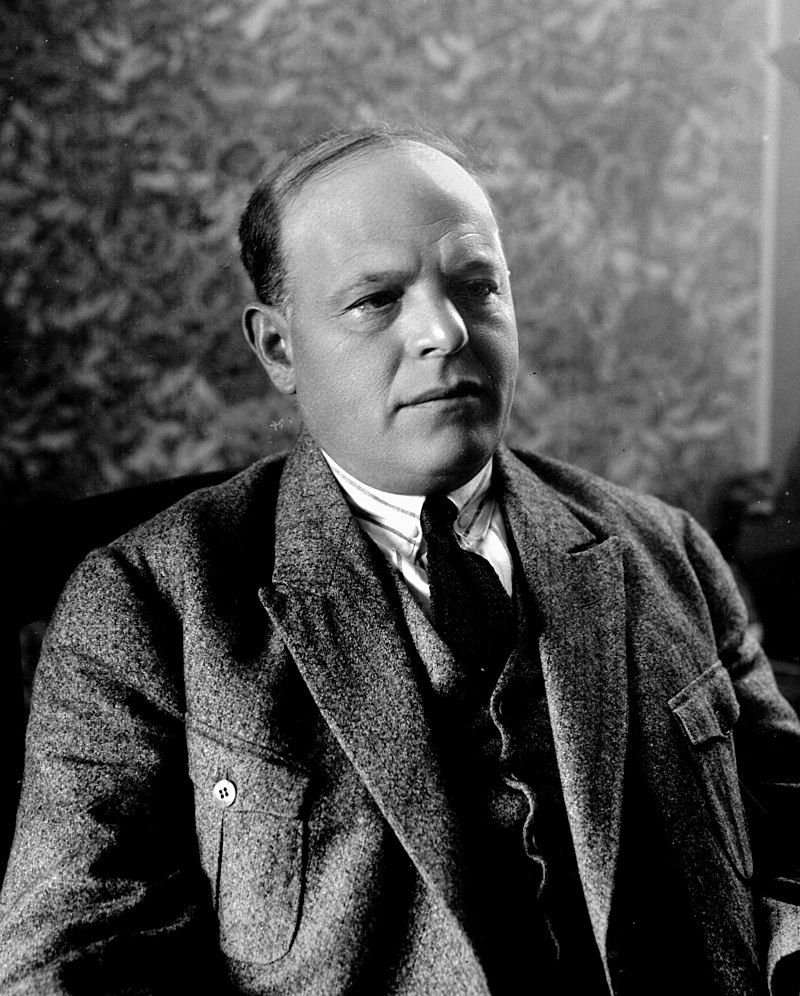Landlocked between Romania and Ukraine, Moldova has enjoyed a turbulent history over the past two centuries. Following the Bucharest Treaty of 1812 putting an end to the conflict between it and Constantinople, St. Petersburg annexed the eastern part of the Principality of Moldavia, under Ottoman suzerainty, and named it Bessarabia.

Bessarabia, then overwhelmingly made up of Romanian-speaking Moldovans, thus became a territory of the Russian Empire, which remained isolated from the process of creating modern Romania, consecrated in 1859 by the union of the Principalities of Wallachia and Moldova. In 1917, in the context of the collapse of the Russian Empire and the Soviet Revolution, Bucharest claimed its rights over the Romanian-speaking provinces of Bucovina and Bessarabia, which were thus attached to Greater Romania in 1918.
In 1939, following the Molotov-Ribbentrop Pact, the Soviet Union, which had never accepted the loss of Bessarabia, recovered this territory, which it retained until the outbreak of Operation Barbarossa and the arrival of Romanian troops in the region. In 1944, the USSR regained control of Bessarabia. The part of this region with access to the Black Sea coast is transferred to the Ukrainian Soviet Socialist Republic, and the rest of Bessarabia becomes the Moldovan Soviet Socialist Republic, one of the 15 republics making up the Soviet Union. In 1991, Soviet Moldova gained independence and became the present Republic of Moldova. A small country of hills resolutely off the beaten track, Moldova has a rich Jewish history, that of Bessarabian Judaism, of which Meir Dizengoff, Dina Vierny and Robert Badinter are among the most illustrious children.

The first traces of Jewish settlement date back to the 1st century AD, when the Roman Empire conquered Dacia, a historic region corresponding to the present-day territories of Romania and Moldavia. However, it is especially from the 15th and 16th centuries that the Jewish presence will be established in a more structuring way in the region. It effectively served as a crossing point between Constantinople and the city of Lvov, then in Poland, and a number of Jewish traders from the Sublime Gate gradually set up trading posts in Bessarabia, thus developing the first communities in the region.
The Judaism of Bessarabia was marked by important developments after the annexation of this region by Russia in 1812. At that date, Bessarabia was home to a Jewish community of about 20,000 people, or about 5% of the total population, and this proportion grew very rapidly during the nineteenth century. First of all, Bessarabia is included in the “Zone of Residence”, this territory established by Catherine II in 1792 in the west of the Russian Empire and in which the Jews had citizenship. Second, St. Petersburg is pursuing a policy aimed at promoting the settlement of Bessarabia by settlers from the rest of the Russian Empire in order to promote its integration into the latter and facilitate its economic development. A number of incentives are implemented: exemption from taxes, levies, and military service for new arrivals; absence of serfdom, aid for the creation of farming communities.
In addition, Bessarabia, located on the edge of the Russian Empire, still remained in the nineteenth century, relatively untouched by the waves of anti-Semitism already hitting the empire of the Tsars. It is in this context that a certain number of Jews from other regions of the Zone of Residence settled in Bessarabia, in a more general movement of migration of Jews from northern Russia (Lithuania, Ukraine, White Russia) to the recently conquered South (in addition to Bessarabia, Odessa region, and further west of Nikolaïev and Kherson). The Jewish population of Bessarabia thus represented 80,000 people during the 1850s and then more than 230,000 at the beginning of the twentieth century, for a global population that also increased, reaching 1,500,000 in 1897. In addition to the economic attractiveness of a region to be developed, the situation of the Jews there was comparatively better than in the rest of the Russian Empire.

Until the 1840s, for example, there were no restrictions on the Jewish community in terms of land rights, the possibility of operating drinking establishments, or even settling in areas near the borders of the Empire. This explains the emergence of one of the peculiarities of Bessarabian Judaism: its strong rural dimension, evidenced by the existence of some twenty Jewish agricultural settlements in Bessarabia in the middle of the nineteenth century.
The adoption of an imperial decree in 1882 forbidding Jews from all over the Empire to exercise rural activity led to a reflux of the Jewish population of Bessarabia towards the urban centers, Akkermann, Orhei, and especially Kishinev, the capital of the province, of which more than one inhabitant in two is, at the beginning of the twentieth century, of Jewish faith. Until then living in good harmony with the other peoples of Bessarabia, Moldovans, Russians, Ukrainians, Armenians, Gypsies, Germans, the Jewish community of Bessarabia will experience the bitter experience of its first pogrom in April 1903. The Kishinev pogrom, unleashed following the discovery of the body of a young Russian boy and the false antisemitic accusations that “he had been assassinated by Jews seeking to recover his blood to prepare matzot”, caused fifty deaths and several hundred wounded. The poet Haim Bialik, commissioned by the historical commission of the Jewish community of Odessa, his hometown, to investigate the drama will draw from his visit to Kishinev a long poem, “The city of the massacre”.
The impact of Kishinev’s pogrom was considerable. A drama bringing, for the first time, international attention to the plight of the Jews in Russia. In France, Jean Jaurès will take the example of the Kishinev pogrom to criticize the policy of rapprochement with Saint Petersburg then implemented by the Combes government. The events of Kishinev also played a crucial role in the development of certain currents of the Zionist movement, in particular that structured around Vladimir Jabotinsky, whose translation into Russian of Bialik’s poem was a huge success. The Kishinev pogrom also played a major role in raising awareness among European Jewish communities of the need to defend themselves, as evidenced by the development of many Jewish defense leagues after this massacre. As early as 1904, it sparked off a major wave of departure to Eretz Israel, known in the history of Zionism as the second aliya.

With the integration of Bessarabia into Greater Romania in 1918, the Jews, like all the inhabitants of the region, became Romanian citizens but were generally considered as suspects in the eyes of the Bucharest authorities, who saw them as in the other minorities of Bessarabia, potential agents of Moscow, in any case citizens whose loyalty to their new homeland would be doubtful. This trend deteriorated with the development of state anti-Semitism in Romania during the 1930s, which reached its peak with the coming to power of Marshal Antonescu in 1940. It was from the start of Operation Barbarossa that the Shoah begins for the Jews of Bessarabia. After an initial phase – during the summer of 1941 – of extreme violence, mass executions by gunshots, drownings, and imposed famines, during which more than 100,000 people died, most of the Jews remaining in Bessarabia were herded into the ghettos of Transnistria, a region of Ukraine situated between the Dniester and Bug rivers and occupied by the Romanians until 1944 with co-religionists from Bucovina and the rest of Romania. It is estimated that around 380,000 Romanian victims of the Shoah, a majority of which lived in Bucovina and Bessarabia.
At the end of the war, this region became Soviet again, and most of the Jews who had fled it during the war resettled there. During the 1970s, the Jewish community in Soviet Moldova numbered around 100,000 people. When Soviet Jews began to be allowed to emigrate to Israel, tens of thousands of them made alya, one of the most famous being Avidgor Liebermann, born in 1958 in Chisinau. The alias of the Jews of Moldova gained momentum after independence in 1991, mainly for economic reasons.
The Jewish community in Moldova currently represents, in its broadest sense, around 10,000 people, most of them living in Chisinau. After two difficult decades, a Jewish renewal is currently at work in Moldova, structured spiritually by the Chabad community and culturally by the community center of Chisinau. In addition, a number of historic sites hitherto neglected by the authorities now appear to be receiving some renewed interest.